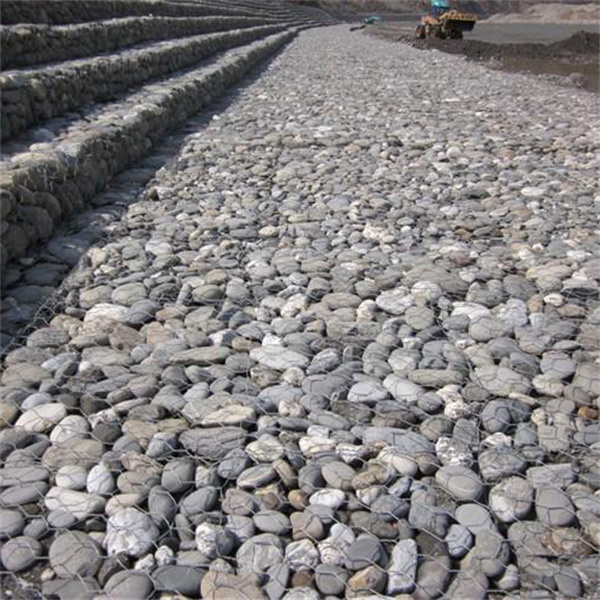Th8 . 19, 2024 19:42 Back to list
Durability and Longevity of Gabion Walls in Construction Applications
The Lifespan of Gabion Walls What Factors Are at Play?
Gabion walls have gained popularity across various construction applications over the years, primarily due to their durability, versatility, and aesthetic appeal. These structures, which are made of wire mesh baskets filled with rocks or other materials, serve crucial purposes such as erosion control, retaining walls, and decorative landscaping. Understanding the lifespan of gabion walls is vital for architects, engineers, and property owners, as it impacts both maintenance and replacement costs.
Material Composition
The longevity of a gabion wall is heavily influenced by the materials used in its construction. The wire mesh is commonly made of steel or galvanized steel, which offers resistance to rust and corrosion. For environments with high moisture or saline conditions, the use of stainless steel or specially treated steel can significantly extend the lifespan of the wall. Meanwhile, the chosen fill material—usually stones—should be durable and resistant to environmental factors like freeze-thaw cycles. Inappropriate materials can lead to degradation, reducing the overall lifespan of the structure.
Environmental Factors
Environmental conditions play a crucial role in determining how long a gabion wall will last. Factors such as soil quality, water table levels, and local climate conditions can either enhance or hinder the structure's durability. For instance, in areas with heavy rainfall or flooding, gabion walls can be subjected to significant hydraulic pressure, which can lead to displacement or erosion. Conversely, in arid climates, gabion walls may face less wear and tear and could potentially last longer.
Proper Installation
gabion wall lifespan factory

Another critical factor affecting the lifespan of gabion walls is the quality of installation. Proper construction techniques ensure that the walls are stable and can withstand the forces acting upon them. Professional installation typically involves a thorough site assessment, appropriate foundation preparation, and correct filling methods. Poor installation can lead to structural issues, premature settling, and potential failure of the wall. Regular inspections post-installation can help identify early signs of wear and allow for timely repairs, ultimately extending the service life.
Maintenance Practices
Like any construction material, gabion walls require regular maintenance to ensure their longevity. Routine checks for indications of movement, erosion, or rusting will allow for early interventions to mitigate issues before they escalate. For instance, vegetation growing on or near a gabion wall can contribute to both stabilization and erosion, so controlling plant growth is essential. Simple maintenance practices such as replacing damaged wire mesh and ensuring the fill material remains intact will help preserve the integrity of the wall.
Expected Lifespan
On average, a well-constructed and properly maintained gabion wall can last anywhere from 25 to 40 years. However, this lifespan can fluctuate significantly based on the factors outlined above. In optimal environments—where superior materials are used and proper maintenance is performed—gabion walls can exceed the typical lifespan estimates. Conversely, inadequate materials and poor maintenance can lead to a much shorter service life.
Conclusion
Gabion walls are a robust and attractive solution for various civil engineering and landscaping applications. Their lifespan is influenced by multiple factors, including material choice, environmental conditions, installation quality, and maintenance practices. Understanding these factors is essential for maximizing the longevity of gabion walls and ensuring that they serve their intended purpose effectively. In today’s construction landscape, investing in high-quality materials and expert installation can lead to significant returns in terms of durability and cost savings over time.
-
HESCO Gabion Baskets for Coastal Erosion Prevention
NewsAug.22,2025
-
Longevity and Durability of River Rock Gabion Walls
NewsAug.22,2025
-
How to Integrate Gabion 3D Walls in Urban Planning
NewsAug.22,2025
-
Reno Mattress Gabion Applications in Civil Engineering
NewsAug.22,2025
-
How to Install Wire Mesh for Gabion Baskets Properly
NewsAug.22,2025
-
Best Materials for Filling a Chain Link Gabion
NewsAug.22,2025
-
Wire Mesh Thickness Impact on Gabion Wall Load Bearing
NewsAug.12,2025






